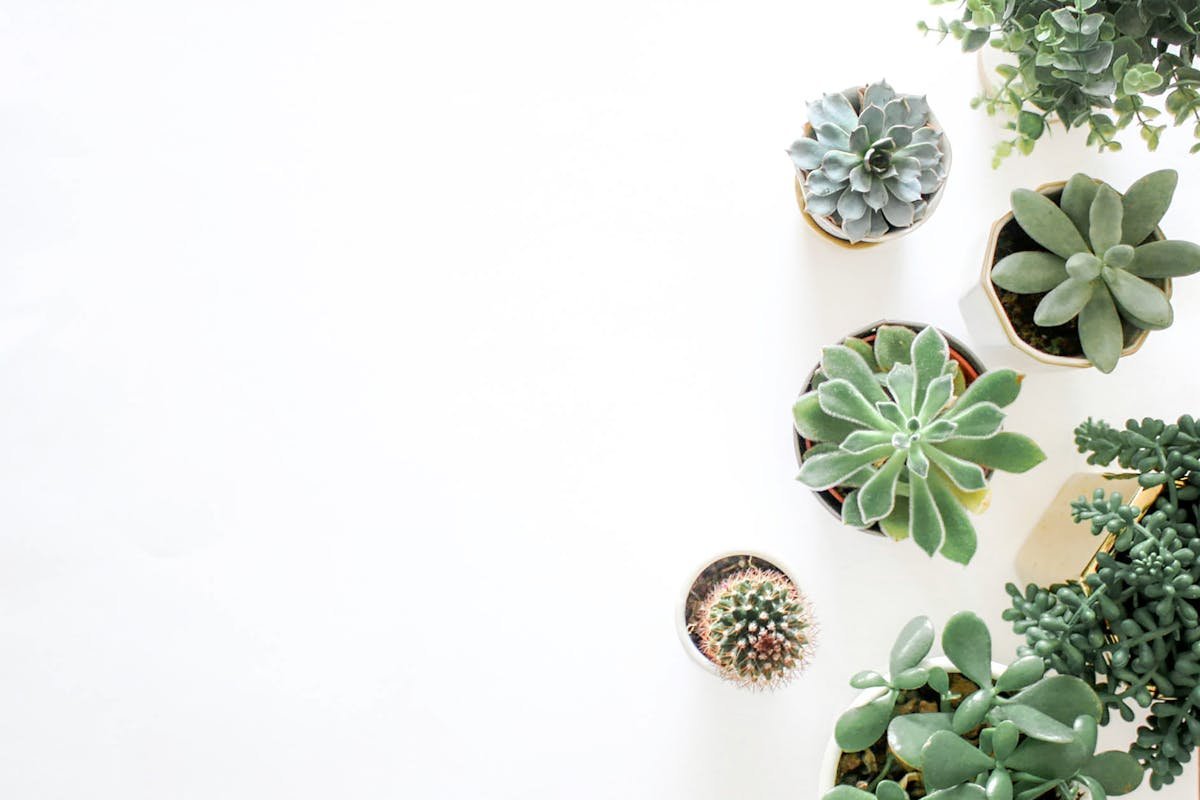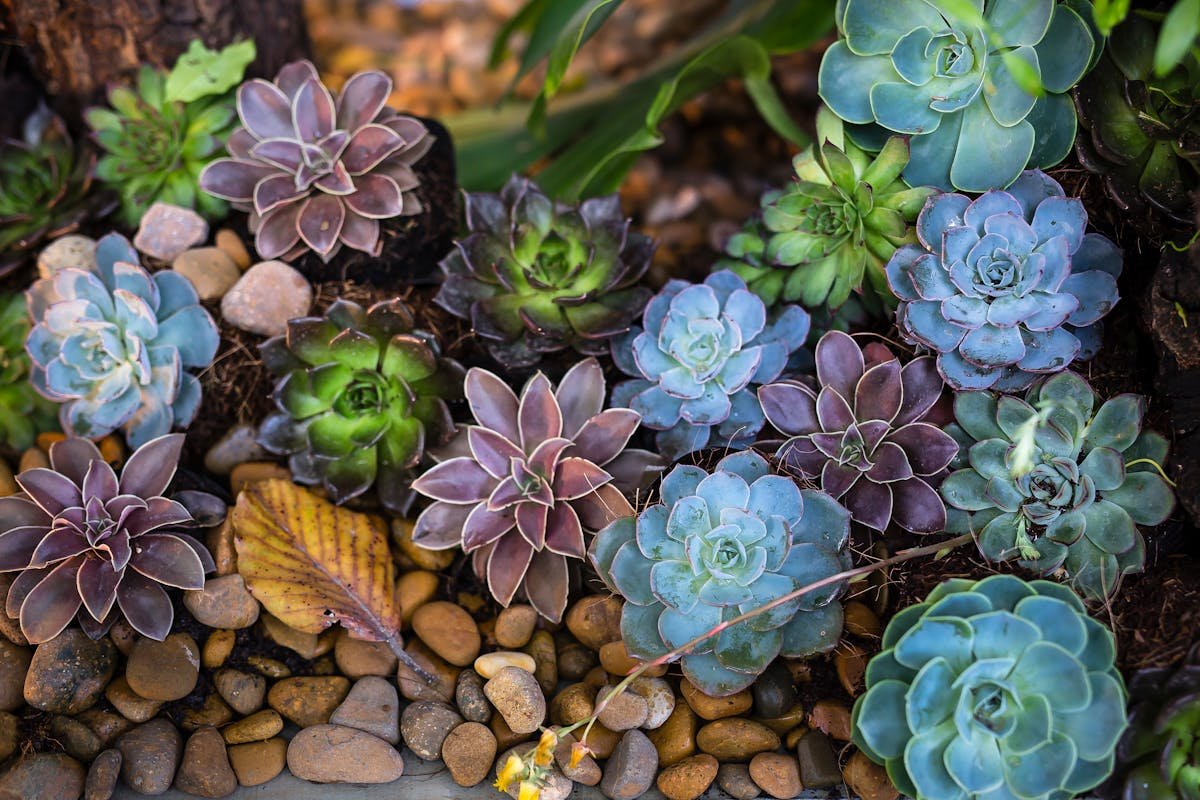Get ready to learn everything about the peanut cactus — in a simple, useful way and with practical tips that really work.
Peanut Cactus: Main Features
Small but enormous in charm, the Peanut Cactus is one of those plants that captures your heart at first glance. Its form is that of little fingers or peanuts arranged in a row, and its blooms are big, colorful and surprisingly prolific. Aside from its looks, it is low maintenance, tough and perfect for pots, flower boxes and even rock gardens.
This native Argentine mountain cactus, Echinopsis cactus, is in great demand among both new gardeners and experienced collectors alike. We’ll discuss more about the details of what makes the peanut cactus such a unique and interesting plant below.
Amazing flowering and vibrant colors

One of the greatest charms of the Peanut Cactus is its flowering. Even though it is a small plant, it is capable of producing several large and showy flowers , usually in spring. In a single pot, it is possible to see more than ten flowers open at the same time.
An ideal plant for bright environments
Light is essential for the healthy growth of this cactus. Bright environments, with direct sunlight for a few hours, favor its growth and stimulate flowering. However, it also adapts to semi-shaded locations, as long as there is enough light.
This makes it versatile for both outdoor areas and well-lit balconies and windows. And best of all, it is resistant, needs little water and requires minimal maintenance. Ideal for those who want beauty and practicality in a single pot.
Peanut Cactus Technical Sheet
| Information | Details |
| Popular Names | Peanut Cactus, Little Finger Cactus |
| Scientific Name | Echinopsis chamaecereus |
| Category | Ornamental cacti |
| Climate | Subtropical, temperate, mild tropical |
| Life Cycle | Perennial |
| Luminosity | Full sun to partial shade |
| Origin | Argentina (Tucumán province) |
Types of Peanut Cactus
Despite being a relatively simple plant, the Peanut Cactus has some interesting variations that delight collectors and decorators. Over the years, crossbreeding, natural mutations and selection of seedlings have allowed the emergence of types with different colors, curious shapes and even flowers of different colors.
These variations make growing the Peanut Cactus even more fun. You can find everything from the classic ones with orange flowers to rarer versions with yellow flowers, colorful stems or fan-shaped growth. Discover the main types found on the market and in collections.
Traditional Peanut Cactus (Orange or Red)

This is the most widely available variety and readily available in flower shops and nurseries. Stems are green, cylindrical and lightly covered in small, light-colored spines. Flowering is generally between the end of summer and the start of spring, with bright orange or reddish flowers that look stunning against the green of the plant.
It is the best variety for beginners in cultivation, since it develops rapidly, blossoms frequently and can tolerate both well-illuminated indoor and open environments. Moreover, it tends to grow into clumps quite easily.
Yellow Flower Peanut Cactus
One of the most popular variations is the yellow-flowered peanut cactus . This version maintains the same cylindrical stems, but produces vibrant golden-yellow flowers that stand out even more when they are clustered together in bloom.
It is a rare mutation and is usually a little harder to find. Some producers use grafting to preserve the flower’s intense color. Cultivation is similar to traditional cultivation, but its rarity makes it highly valued among collectors.
Peanut Cristata Cactus (Fan Growth)
This variation presents a mutation in the growth of the stems, which instead of developing in a cylindrical shape, grow flat and with a wavy appearance, as if forming a fan. The result is a plant with a unique appearance, very ornamental.
It grows more slowly and requires a little more attention, especially regarding soil drainage. Because it is a variation in shape, the Peanut Cristata Cactus may or may not flower as intensely as the traditional type, but it is still much admired for its exotic appearance.
Yellow Peanut Cactus (Lutea Variety)
This is an even rarer variation, in which the stems grow completely yellow. This happens due to the partial absence of chlorophyll, which prevents normal photosynthesis.
It is more common in collections than in commercial nurseries, and requires specific care. The flowering may be more scarce, but the decorative appearance of the stems is enough to make it a star in any arrangement.
How to Care for Peanut Cactus
If you are looking for a beautiful plant that is easy to maintain and adapts well to different environments, the Peanut Cactus is a great choice. Even though it is hardy, it needs some specific care to grow healthily and flower frequently. Details such as the type of soil, watering, fertilization and pest control make all the difference in the result.
Below, see step by step how to care for your Peanut Cactus, with practical and simple guidelines to ensure a plant that is always beautiful, well developed and full of life.
How to prepare the soil
The ideal soil for the Peanut Cactus needs to be light, well-drained and aerated. This prevents water from accumulating on the roots, which can cause rot. A simple and effective mix can contain 50% cactus substrate and 50% coarse sand or perlite.
If you prefer to make your own substrate at home, you can use: one part topsoil, one part coarse sand, and one part perlite or gravel. Adding a little crushed charcoal helps prevent fungus and improves drainage.
Avoid using pure garden soil or very compact soil. These types of soil retain moisture for too long and encourage fungus, which is detrimental to the growth of the Peanut Cactus.

